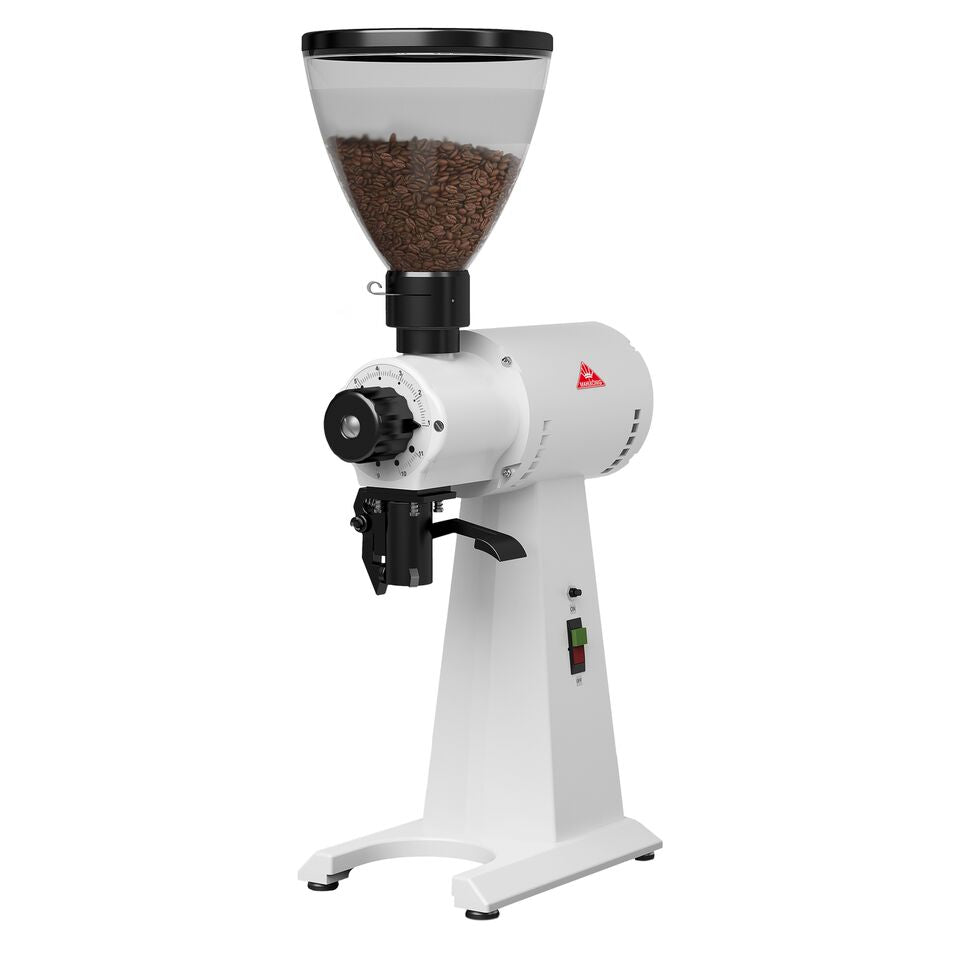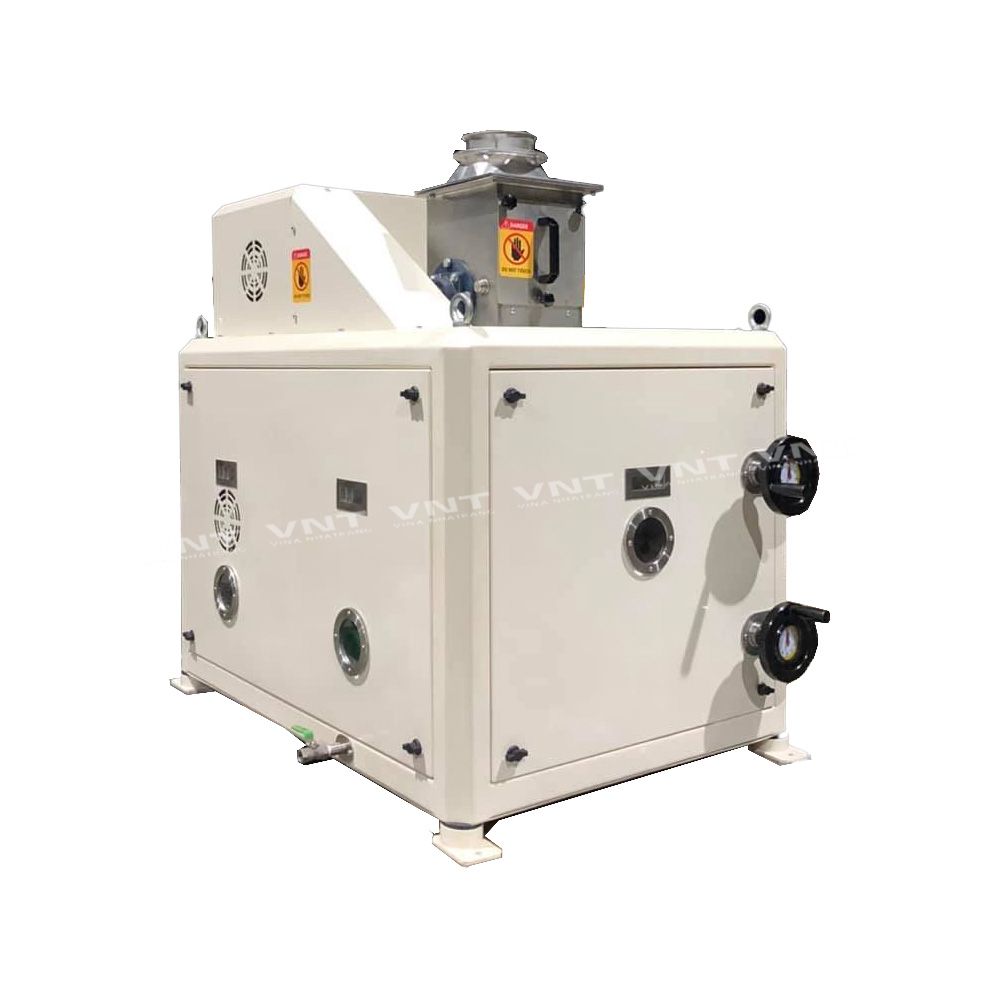Industrial Coffee Mill Guide: Boost Performance and Quality
In the competitive landscape of coffee manufacturing, picking the right commercial coffee mill plays a crucial duty in boosting both performance and item high quality. Comprehending the nuances of various grinder kinds and vital attributes-- such as personalized work setups and robust building-- can considerably influence the last taste profile of the coffee.
Understanding Grinder Kinds
When picking a commercial coffee grinder, recognizing the various kinds available is crucial for enhancing both flavor extraction and functional effectiveness. The 2 primary kinds of grinders are blade grinders and burr mills.

Ultimately, choosing the appropriate kind of mill is integral to preserving top quality and efficiency in coffee production, making it imperative for services to buy top quality burr mills for optimum outcomes.
Key Functions to Take Into Consideration
Selecting an industrial coffee grinder needs mindful factor to consider of several essential functions that can dramatically affect both performance and the overall coffee experience. One of the main facets to review is the grinding mechanism. Burr grinders are typically liked over blade mills, as they supply a regular work dimension, which is crucial for optimal extraction and flavor.
An additional essential attribute is the mill's capability. A flexible mill with several settings allows you to customize the work size to different developing approaches, improving the coffee's flavor account.
Assess the mill's noise degree, especially in an active café or manufacturing atmosphere, where excessive noise can be turbulent. Investing in a mill that stabilizes these functions can substantially enhance both functional performance and the quality of the coffee served.
Optimizing Grinding Refine
To achieve the finest outcomes in coffee prep work, maximizing the grinding procedure is essential. The grind size considerably influences extraction, flavor, and general high quality of the brewed coffee.


Additionally, keeping an eye on the grinding rate can enhance the procedure. Slower grinding usually produces much less warmth, maintaining delicate flavors and aromas. Alternatively, much faster grinding might produce too much warmth, adversely affecting the coffee's high quality.
Maintenance and Care Tips
Proper upkeep and care of industrial coffee grinders are essential for ensuring optimum efficiency and durability. Routine cleaning is the structure of upkeep; residue buildup can influence taste and grinding effectiveness. It is recommended to clean the mill after each use, wiping down the outside and eliminating any coffee premises from the burrs.
In addition, examine the grinding burrs for wear and tear. Plain burrs can jeopardize grind uniformity, so they must be replaced as essential. Industrial Coffee Grinder. Regularly calibrating the mill is likewise crucial, as this keeps the preferred grind dimension for various developing techniques
Lubrication of relocating parts should be done according to the producer's requirements, as this minimizes friction and extends the life of the equipment. It is important to use food-grade lubricants to make sure safety and compliance with wellness policies.
Last but not least, keep the mill in a stable and dry setting to avoid corrosion and corrosion. By adhering to these upkeep and care suggestions, drivers can enhance the effectiveness of their commercial coffee grinders while making sure high-quality outcome and expanded operational life.
Return on Investment Analysis
Examining the return on financial investment (ROI) for commercial coffee grinders is my website essential for services looking for to maximize their coffee manufacturing capacities. A comprehensive ROI analysis aids determine the financial practicality of spending in top notch mills, permitting organizations to weigh the initial costs versus possible gains.
To perform a thorough ROI evaluation, organizations need to take into consideration numerous vital aspects. Evaluate the purchase rate of the mill, including installation and any essential alterations to existing facilities. Next, calculate functional expenses, including power usage, maintenance expenditures, and labor performance enhancements. High-performance grinders usually bring about minimized grinding time and enhanced throughput, which home can significantly boost efficiency.
In addition, consider the influence on product top quality. Industrial Coffee Grinder. Superior grinders produce a more constant work size, which can boost flavor profiles and consumer contentment, eventually driving sales. By increasing the top quality of the final item, businesses can validate greater pricing, causing raised income
Verdict
In summary, a commercial coffee mill plays a pivotal function in boosting both efficiency and product top quality within coffee production. By selecting high-grade burr grinders furnished with crucial features such as adjustable work setups and sturdy construction, services can make certain optimal taste removal. Routine upkeep is critical for maintaining mill efficiency and maximizing customer complete satisfaction. Ultimately, the tactical investment in a reputable mill contributes substantially to enhanced profits and competition in the coffee sector.
In the competitive landscape of coffee production, selecting the appropriate commercial coffee grinder plays a More hints critical duty in boosting both effectiveness and product quality. The 2 main types of mills are blade grinders and burr grinders. Within the burr mill classification, there are flat burr grinders and cone-shaped burr mills, each with its benefits. Burr grinders are usually favored over blade grinders, as they provide a regular grind size, which is critical for ideal extraction and taste.
In summary, a commercial coffee grinder plays a crucial function in enhancing both performance and product top quality within coffee manufacturing.
Comments on “Industrial Coffee Grinder: Advantages, Disadvantages, and Features to Consider”